Home>Ideas and Tips>Indoor Chinese Evergreen Care and Air-Purifying Plant Guide
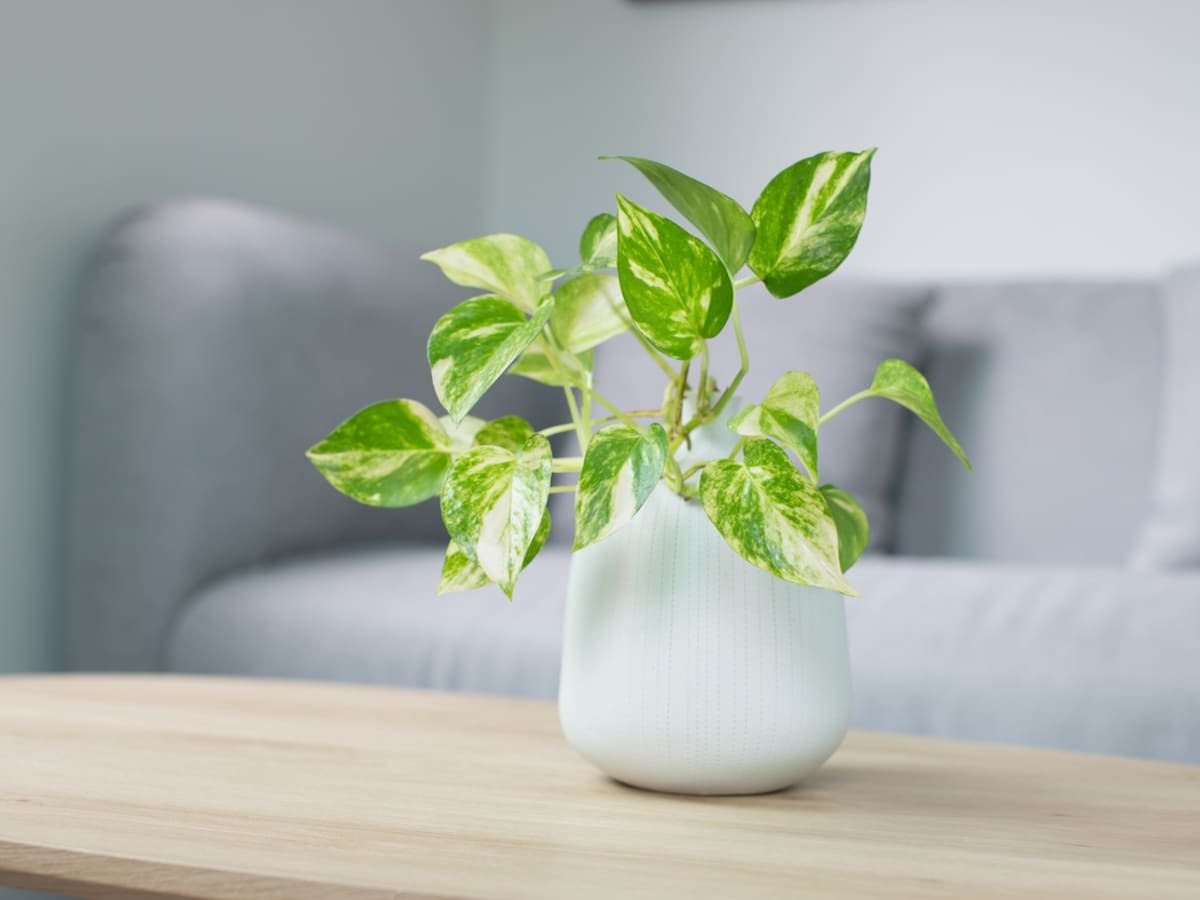

Ideas and Tips
Indoor Chinese Evergreen Care and Air-Purifying Plant Guide
Published: September 24, 2024
Learn how to care for Chinese Evergreen plants with our comprehensive guide. Enhance your indoor air quality and decor with this low-maintenance, air-purifying plant.
(Many of the links in this article redirect to a specific reviewed product. Your purchase of these products through affiliate links helps to generate commission for Storables.com, at no extra cost. Learn more)
Introduction
In the quest for a healthier and more aesthetically pleasing home, many individuals turn to indoor plants. Among the numerous options available, the Chinese Evergreen (Aglaonema) stands out for its striking foliage and exceptional adaptability. This plant is not only a beautiful addition to any room but also offers significant air-purifying benefits, making it an ideal choice for those seeking to improve indoor air quality.
Why Choose Chinese Evergreen?
The Chinese Evergreen is a superstar among indoor plants. It’s not just about its good looks, though its glossy, lance-shaped leaves in shades of green, silver, and sometimes red or pink are certainly eye-catching. This plant is also a powerhouse when it comes to improving indoor air quality. Studies, including one by NASA, have shown that certain plants can remove pollutants like benzene and formaldehyde from the air. The Chinese Evergreen is one of these air-purifying champions. So, if you’re looking to breathe easier and add a touch of nature to your home, this plant is a fantastic choice.
Origin and Description
The Chinese Evergreen, scientifically known as Aglaonema, hails from the tropical and subtropical regions of Asia. It’s a slow-growing plant, reaching up to 2 feet in height, making it perfect for indoor settings where space might be tight. The leaves are the star of the show here, coming in various colors and patterns. You’ll find everything from dark green to silver, and sometimes even a splash of red or pink. This variety makes it a versatile choice for any decor style.
Benefits
Beyond its decorative use, the Chinese Evergreen is celebrated for its air-purifying qualities. It’s capable of removing indoor pollutants such as benzene and formaldehyde, enhancing the overall air quality of your home or office. This makes it an excellent choice for those looking to create a healthier indoor environment without compromising on aesthetics.
Basic Care Guidelines
Watering Needs
The Chinese Evergreen prefers the soil to be moderately moist but not waterlogged. Water the plant when the top inch of soil feels dry to the touch, reducing watering in the cooler months to prevent root rot. Employing lukewarm water can help avoid shocking the plant’s roots. It’s essential to allow the pot to drain thoroughly after watering to prevent excess water accumulation.
Soil and Potting
A well-draining, peat-based potting mix is ideal for Chinese Evergreens. Ensure that your pot has adequate drainage holes to prevent excess water accumulation. Repotting is typically needed every two to three years to refresh the soil and accommodate the plant’s growth. Using a pot that’s no more than 1 to 2 inches wider than the root ball helps prevent root rot.
Light Requirements and Lux Levels
Chinese Evergreens are lauded for their low light tolerance, making them a versatile choice for various indoor environments. The plant can survive in low light conditions (25 to 50 lux) but may exhibit slower growth and less vibrant leaf coloration. Medium light (50 to 250 lux) is the optimal range, encouraging healthy growth and maintaining the vibrancy of the leaves. High light (above 250 lux) should be avoided to prevent leaf burn, as direct sunlight can cause damage. Filtered or indirect light is best for maintaining the plant’s health and color.
Temperature and Humidity
This plant thrives in warm conditions, preferring temperatures between 18-27°C (65-80°F). It’s important to protect it from drafts and sudden temperature changes. Chinese Evergreens enjoy high humidity but can adapt to average household levels. Consider misting the leaves or using a humidifier to increase humidity if your home is particularly dry. A humidity level of 60 to 70% is ideal, but it can survive in more normal conditions.
Fertilisation and Pruning
Fertilise the Chinese Evergreen with a balanced, liquid fertilizer every 4-6 weeks during the growing season (spring and summer). Avoid fertilizing in winter when plants are semi-dormant. Pruning is minimal; simply remove any yellowed or damaged leaves to keep the plant looking tidy. Trim off brown, yellow, or damaged leaves back to the plant base using a pair of sterile clippers or scissors. Don’t remove live growth, as this can cause damage.
Tips for Taking Care of Indoor Plants
Using Coffee Grounds as Fertilizer
One of the most effective and eco-friendly ways to fertilize your houseplants is by using coffee grounds. When you make a cup of coffee, save your coffee grounds to fertilize your houseplants. Coffee grounds are rich in nitrogen, phosphorus, and potassium, which are essential nutrients for plant growth. Simply mix the coffee grounds into the soil around your plant, and it will provide a natural boost to its health.
Dusting Plant Leaves
Dust can significantly reduce a plant’s photosynthetic rate by shading the leaf surface and damaging chloroplasts. To keep your plants healthy, dust their leaves often. Use a damp, lint-free cloth that has not had any cleaning products on it. This simple step can make a significant difference in your plant’s overall health and appearance.
Reducing Mold Growth
Mold growth can be a significant issue for indoor plants, especially in humid environments. To reduce mold growth, let your plants thoroughly drain into a pan or tray. Remove excess water and use sub-irrigation plants to reduce mold growth as well. This method ensures that the roots are not waterlogged, preventing root rot and promoting healthy growth.
Inspecting Plants Regularly
Regular inspections are crucial for maintaining the health of your indoor plants. Look out for fungus, pests, and other problems that could appear and spread when left untreated. Isolate any affected plants immediately to prevent the spread of disease. Common pests include aphids, whiteflies, and mealybugs, which can be treated with rubbing alcohol on a Qtip or Neem Oil.
Adding Moisture
Plants native to tropical regions appreciate a bit of moisture. To add some moisture to your plants, mist them regularly. This simple step can help maintain the plant’s humidity levels and keep it thriving. If you live in a dry climate, consider using a continuous mister or humidifier to increase the humidity around your plants.
FAQs about the Best Houseplants for Clean Air
Is There Any Science Behind Air Purifying Plants?
Yes, there is significant science behind air-purifying plants. A popular study conducted by NASA in the 1900s discovered the air purification benefits of plants. This experiment tested the removal of benzene, trichloroethylene, and formaldehyde from the air by indoor plants. Since this experiment was conducted, there have been others. The most recent study was published in 2020 in the Journal of Environmental Management, finding that a green wall filled with suitable plant species could improve indoor air quality.
How Many Plants Do I Need to Purify a Room?
One houseplant won’t do the job of purifying the air in a room. According to NASA, you need two to three plants in 8 to 10-inch pots for every 100 square feet. Other experts suggest adding ten plants per square foot. As much as this sounds doable, you may have an indoor forest, especially in a small apartment.
What’s the Best Low-Maintenance Air Purifying Houseplant?
There are two low-maintenance air-purifying plants: snake plant and English ivy. Snake plants are great if you think you’ll forget about your houseplants. They only need watering once every two weeks and thrive in low light. English ivy adapts well to any interior environment but needs to be watered generously while growing.
Best Houseplants for Clean Air Conclusion
Houseplants are a natural way to remove pollutants from the air in your house. Some NASA-approved varieties include peace lilies and Boston ferns. These plants improve the air quality and the aesthetics of your home. A potted plant or two can do wonders by brightening up a room and improving its atmosphere. The Chinese Evergreen, with its striking foliage and air-purifying qualities, is an excellent addition to any indoor space.
Decorating with Chinese Evergreens
The Chinese Evergreen is ideal for adding a touch of green to desks, shelves, and tabletops. Its tolerance for low light also makes it suitable for brightening up dim corners and spaces away from windows. The plant’s varied leaf patterns and colors offer numerous styling possibilities, allowing it to complement a wide range of decor styles. Whether you’re a seasoned gardener or just starting your indoor plant collection, the Chinese Evergreen is a low-maintenance, high-impact plant that is sure to delight.
Propagation by Stem Cuttings
Propagation by stem cuttings is a viable method for Chinese Evergreens. This method works well if the plant has multiple young suckers or pieces to work with. Remove the plant from its pot and brush off the soil to expose the roots. Gently pry apart the suckers or use a sharp knife to cut the root ball into sections. Replant in separate pots using fresh soil. This method ensures that each new plant has a healthy root system and can thrive independently.
Common Questions and Troubleshooting
Yellow Leaves
Yellow leaves can indicate overwatering or underwatering. Keep plants evenly moist and allow them to dry out in between waterings. If your plant starts to get yellowing leaves, it’s a sign of overwatering. Let it dry out thoroughly before watering again.
Repotting
Chinese Evergreens grow slowly, meaning they need a larger pot only every 2-3 years. This doesn’t mean you shouldn’t be repotting it in fresh soil back into the same pot, which keeps nutrients high. As a whole, Aglaonemas actually prefer a tighter pot space to avoid root rot from excess soil.
Propagation
Division is the best way to propagate your Aglaonema. Target the newer shoots to avoid stress to the plant by dividing a major root ball. Slide it out of the pot and gently break away at the soil around the root ball. Identify a shoot that is on the edge of the root ball and tease it away from the main root ball. Plant it in a new pot using fresh soil.
Pruning
Your Aglaonema should be quite bushy but may start to elongate and drop some leaves as it gets older. Pruning can help solve this issue. Trim the plant with clean scissors or shears below a leaf node, which will encourage leaves to sprout from that area.
Conclusion
The Chinese Evergreen is an exceptional choice for indoor gardening, offering both visual appeal and air-purifying benefits. By adhering to the care tips outlined in this guide, you can ensure your Aglaonema thrives, bringing beauty and a breath of fresh air to your indoor spaces. Whether you’re a seasoned gardener or just starting your indoor plant collection, the Chinese Evergreen is a low-maintenance, high-impact plant that is sure to delight.
In summary, with its lush foliage, compact growth habit, and exceptional adaptability, the Chinese Evergreen is an ideal addition to any home or office. Its ability to thrive in low light conditions makes it versatile for various indoor environments. By following the care guidelines outlined in this article, you can enjoy the numerous benefits of having a Chinese Evergreen in your home.
This comprehensive guide provides you with all the necessary information to keep your Chinese Evergreen thriving and enjoying its air-purifying qualities. Whether you’re looking to improve indoor air quality or simply add some greenery to your space, the Chinese Evergreen is an excellent choice that is sure to bring beauty and freshness into your home.
Was this page helpful?
At Storables.com, we guarantee accurate and reliable information. Our content, validated by Expert Board Contributors, is crafted following stringent Editorial Policies. We're committed to providing you with well-researched, expert-backed insights for all your informational needs.
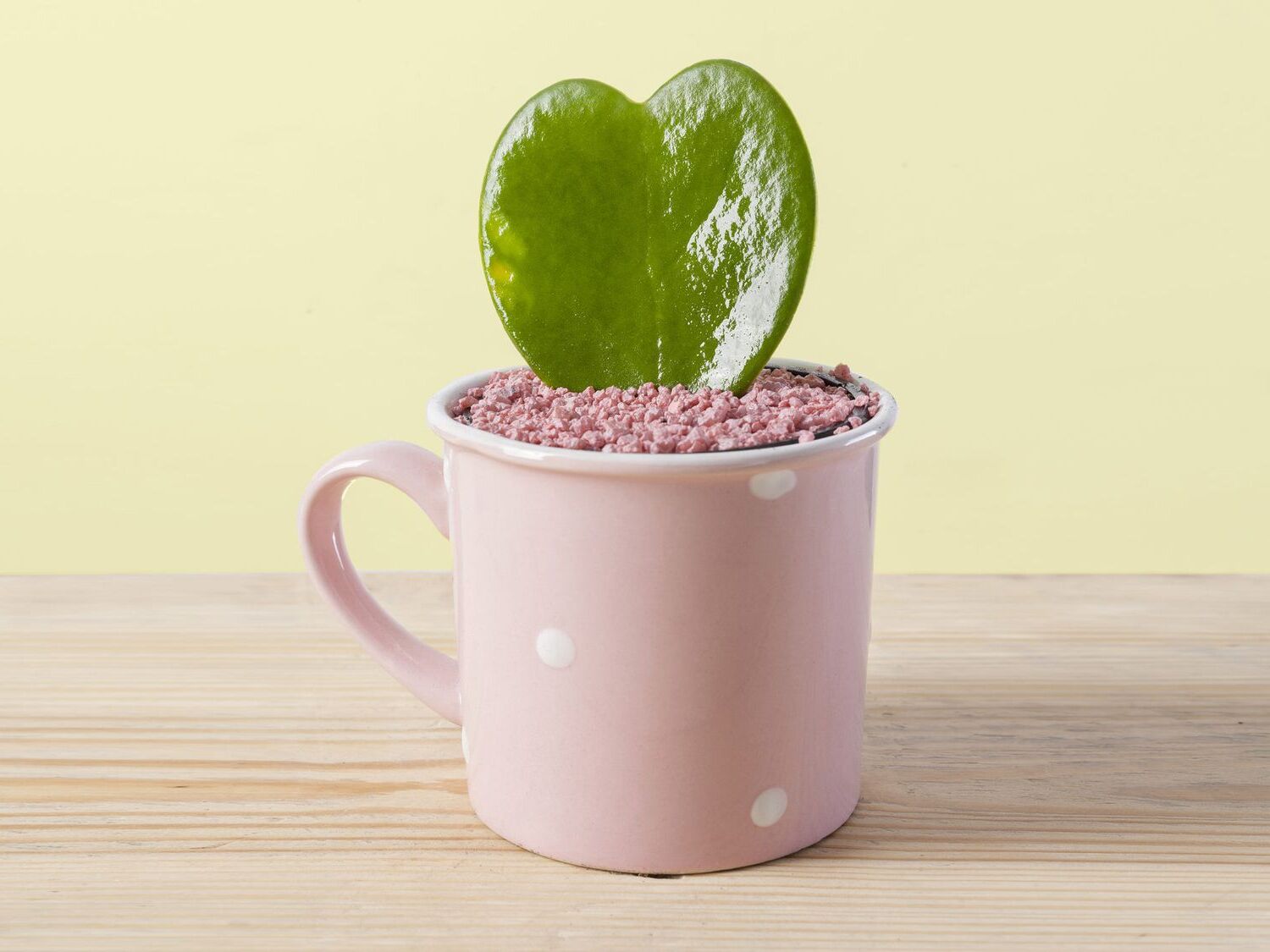
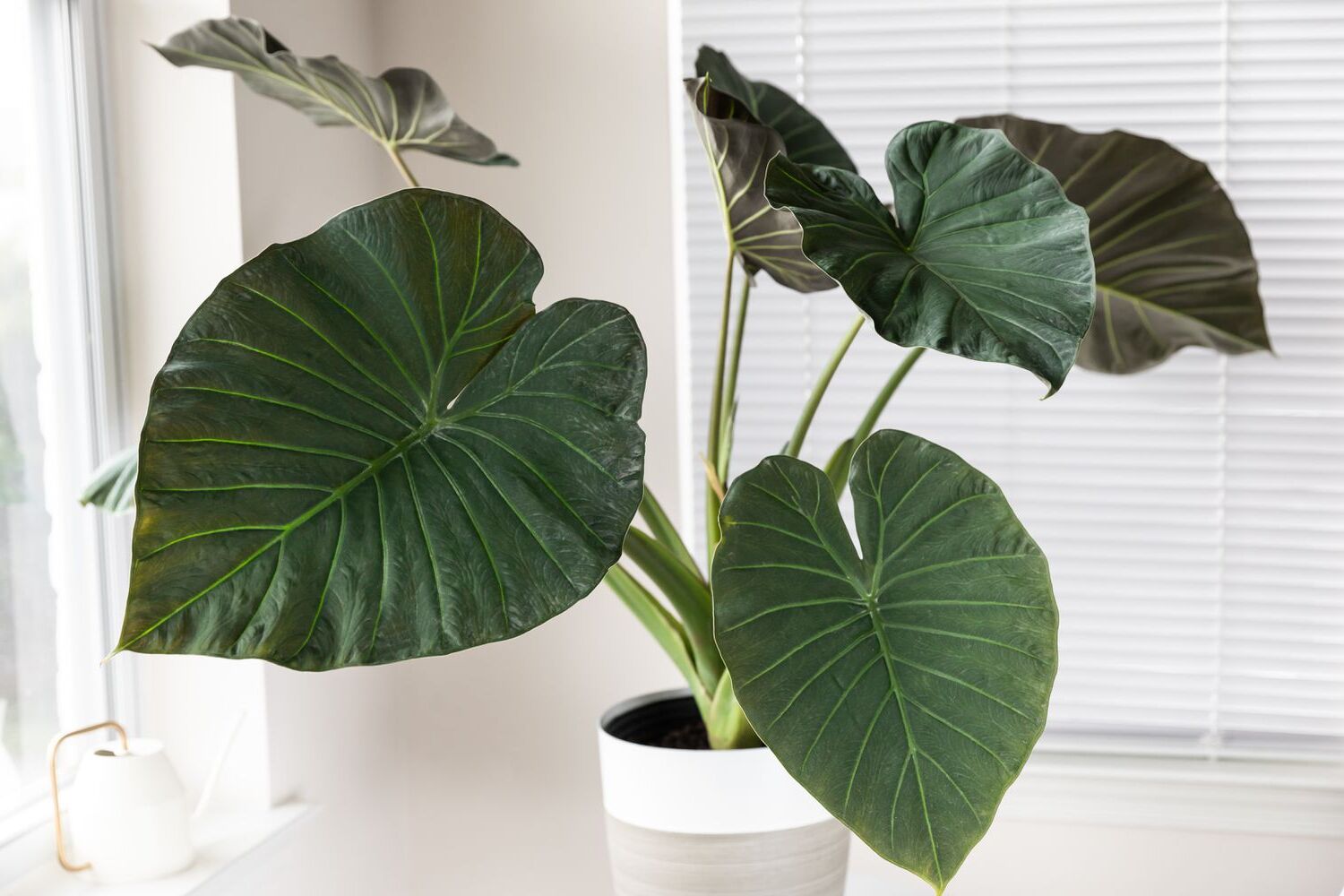
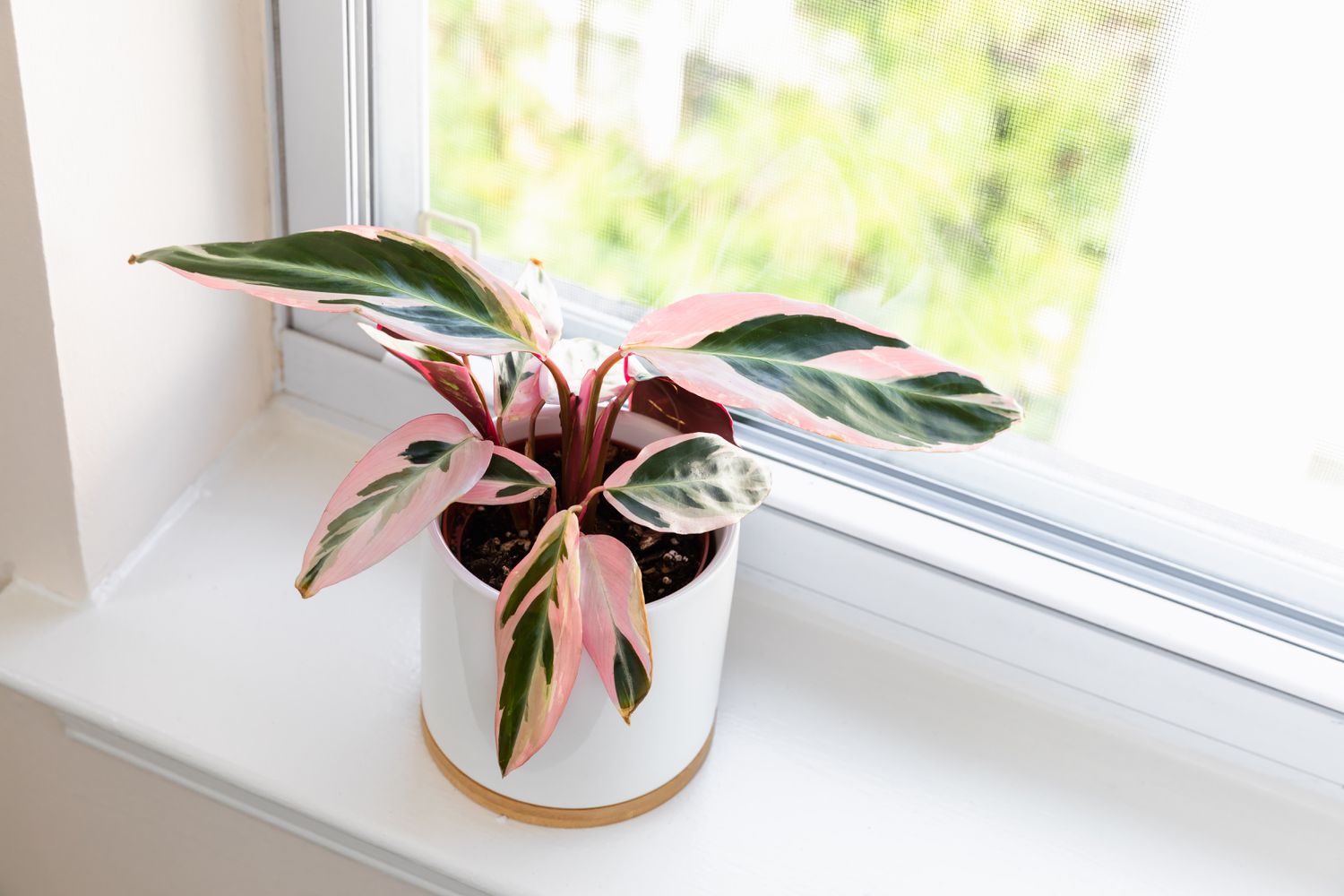
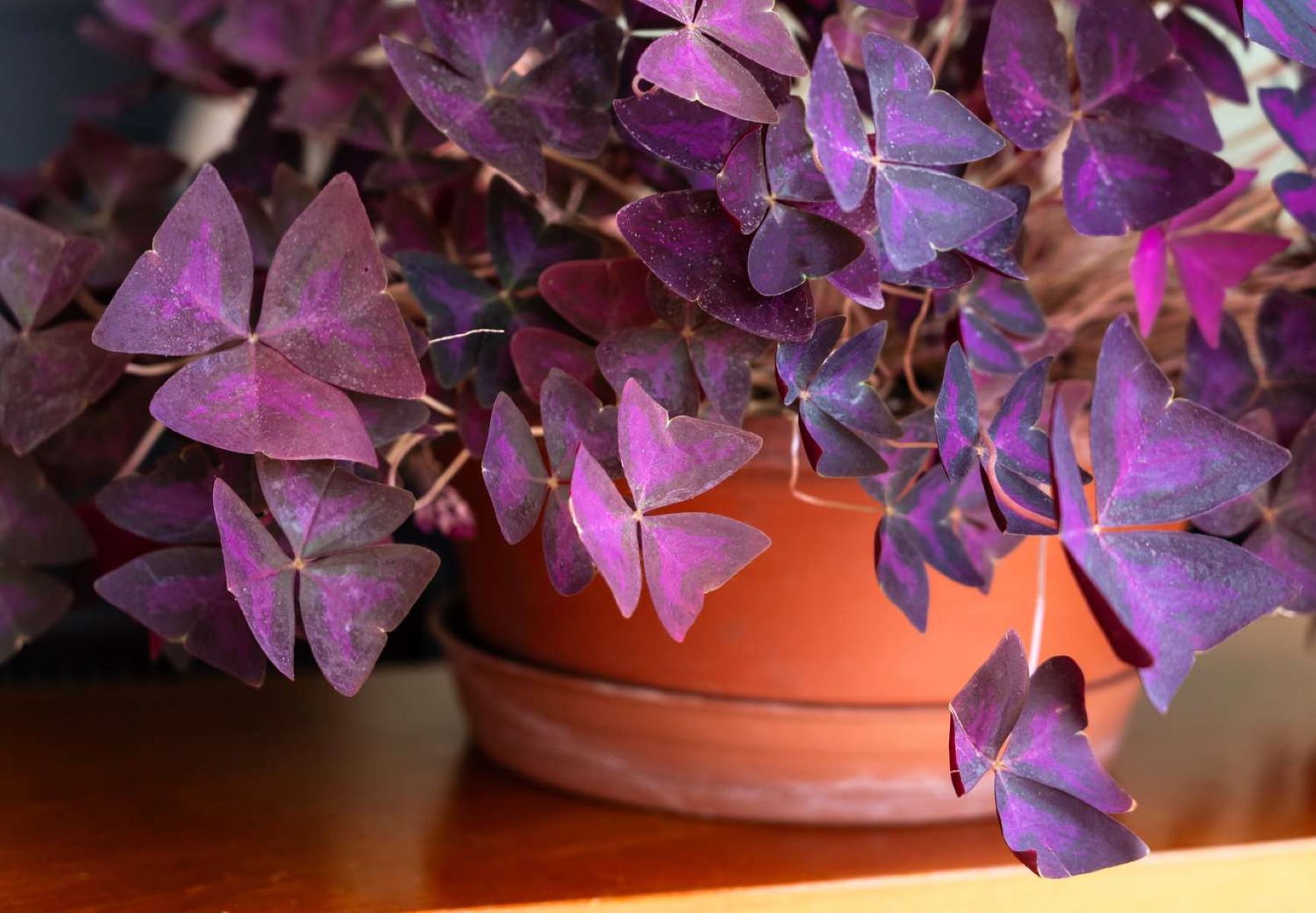
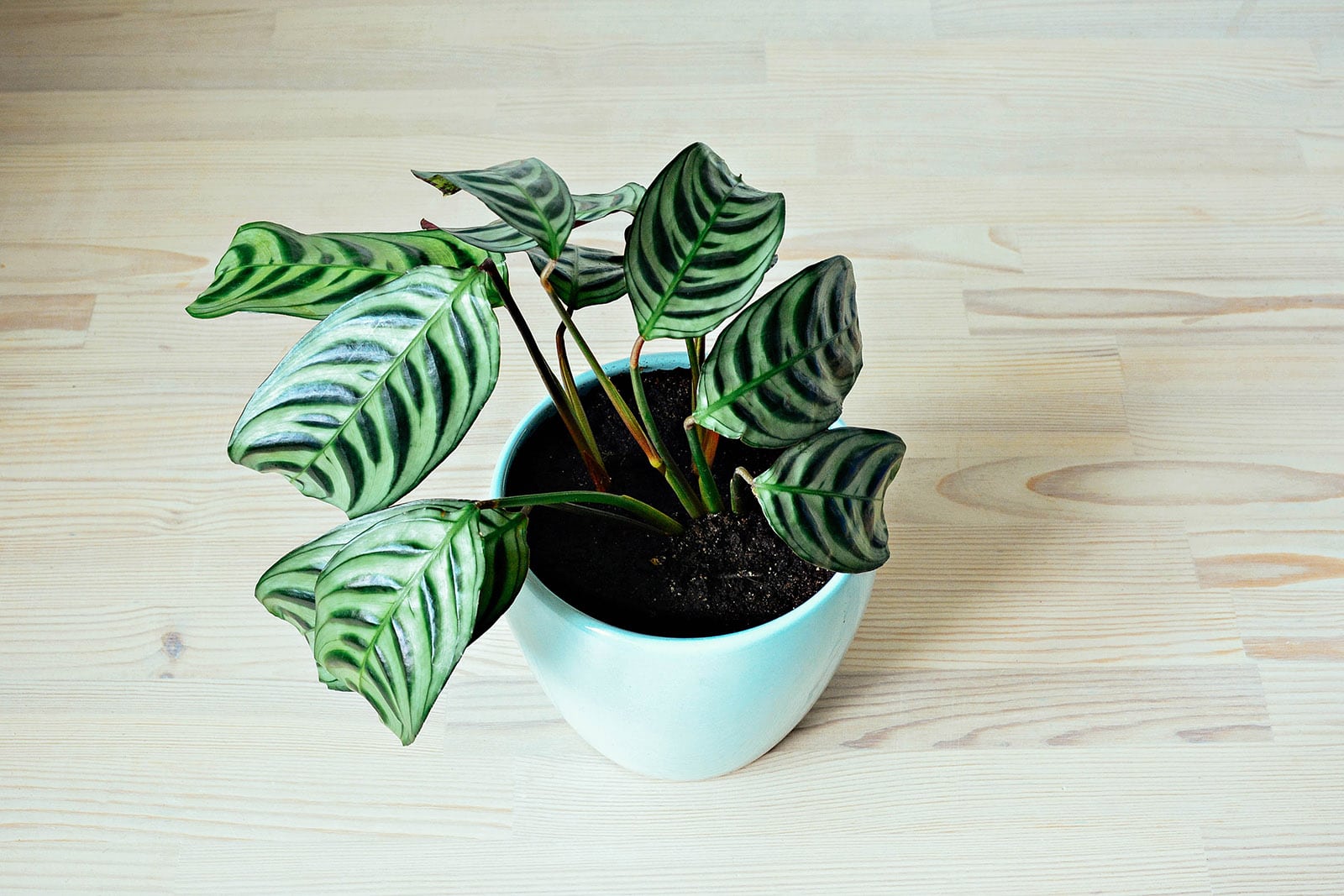
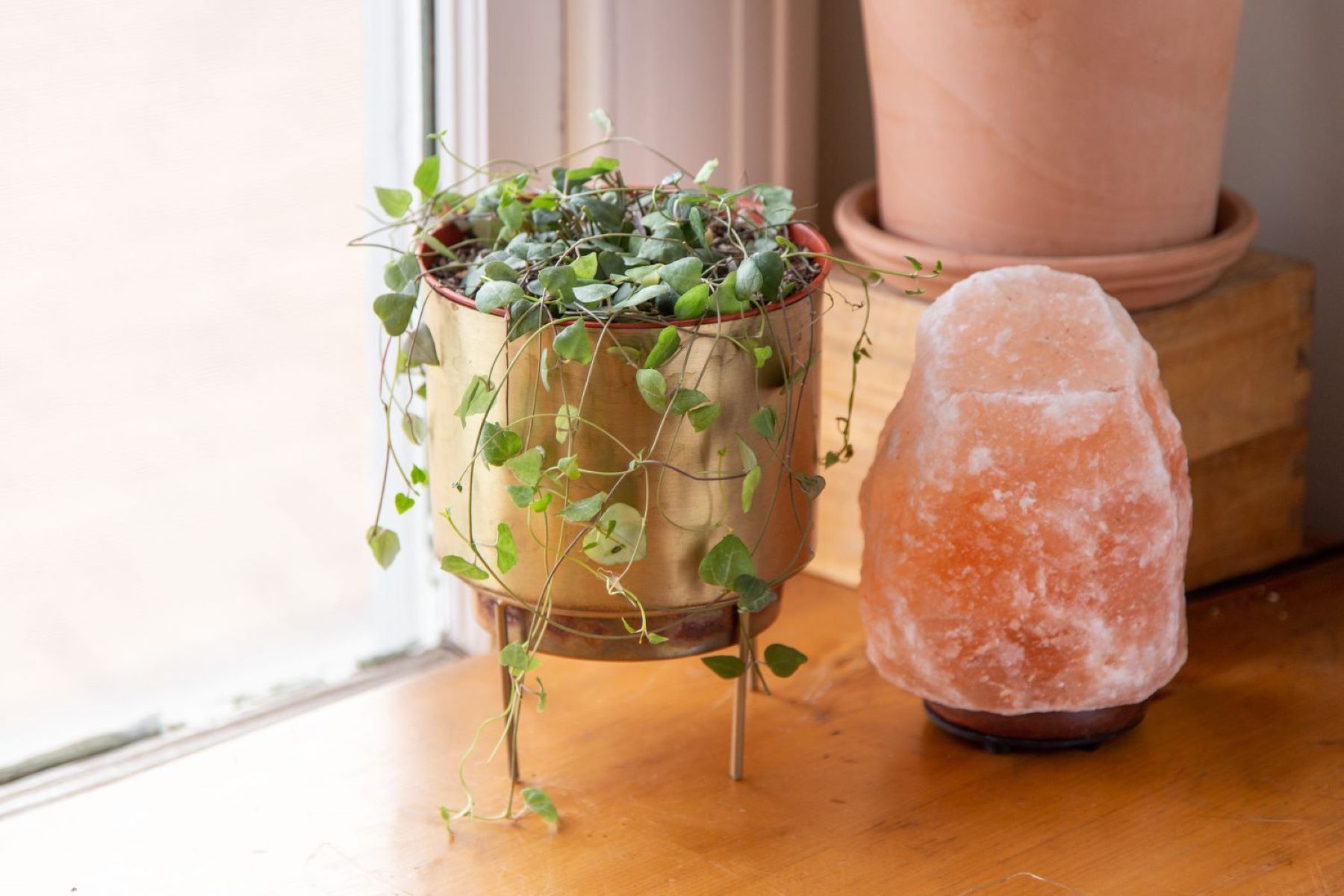
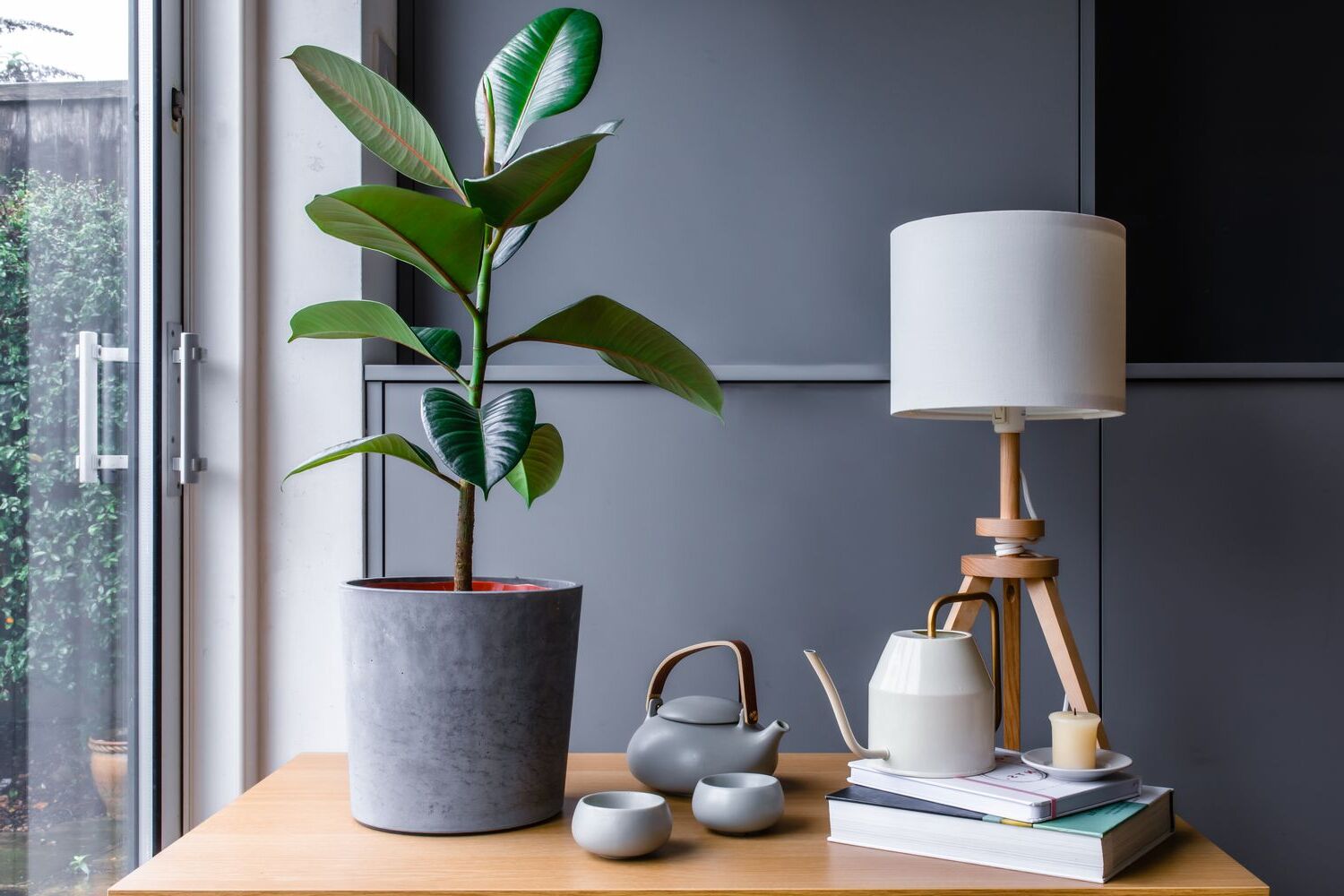
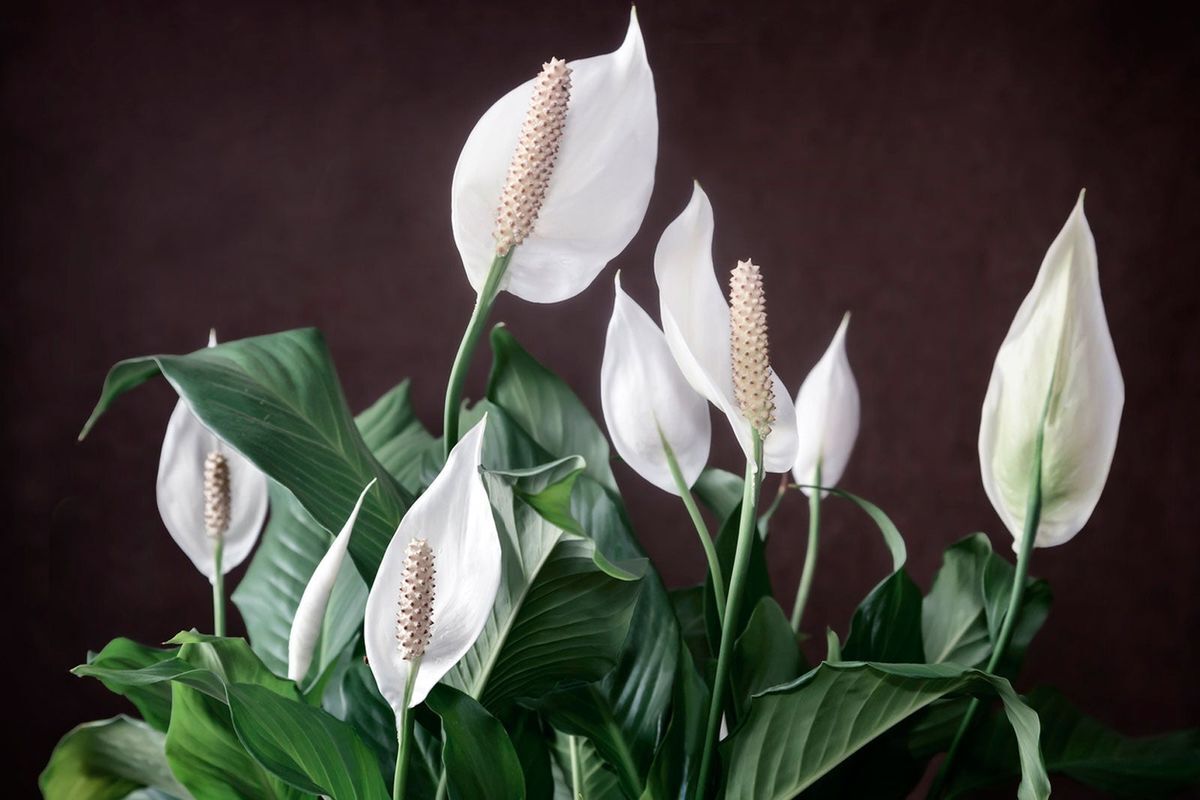
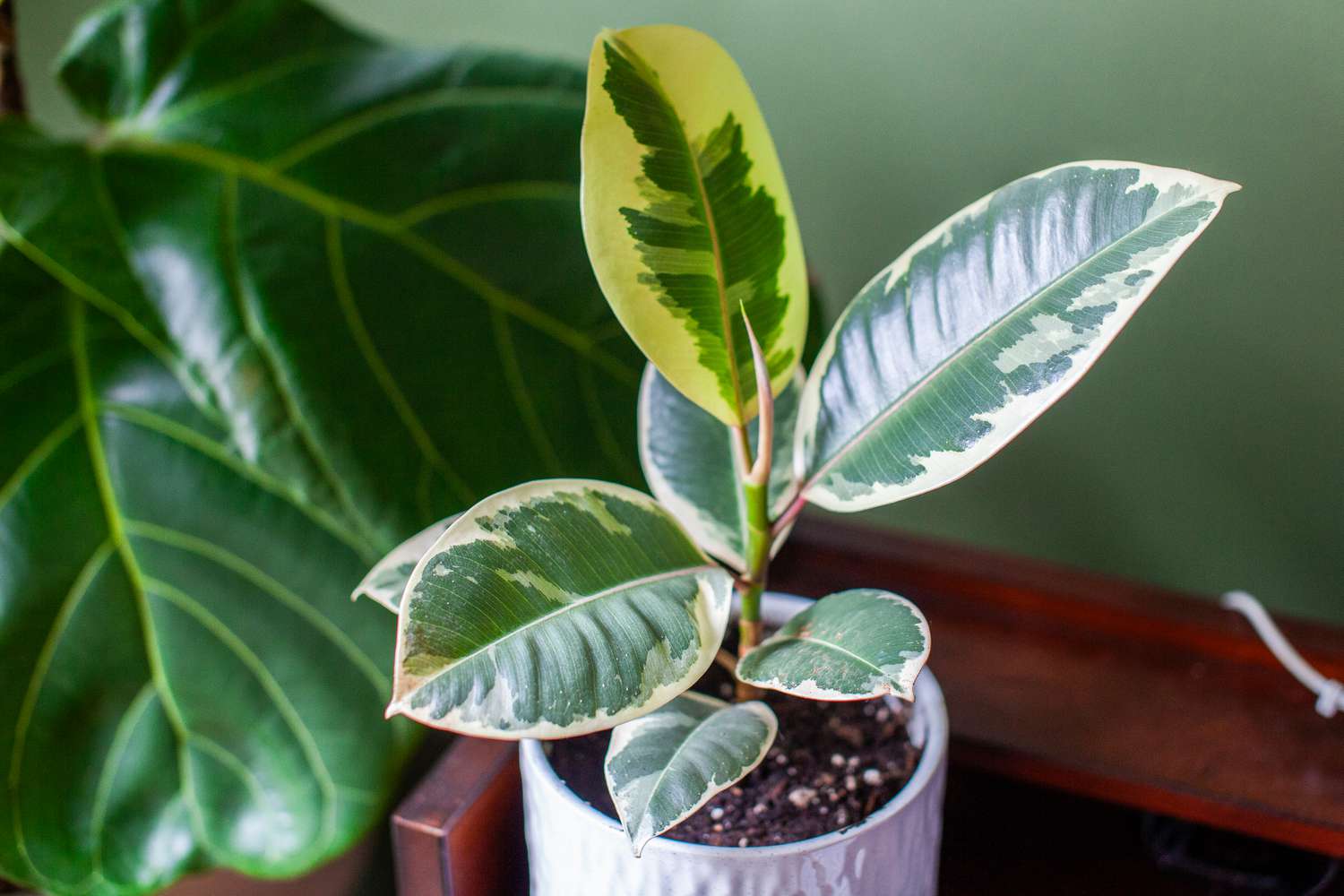

0 thoughts on “Indoor Chinese Evergreen Care and Air-Purifying Plant Guide”